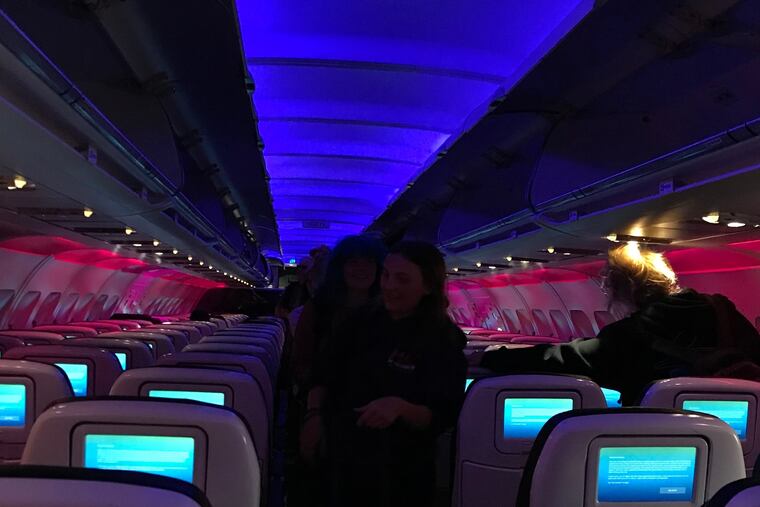Beware coffee, tea, or even water on flights, report recommends
The study used data from the Environmental Protection Agency and was based on 10 criteria, such as airlines' positive E. coli and coliform water sample reports, fleet size, and violation of the federal government's Aircraft Drinking Water Rule.

If you're reading this on an airplane while sipping an in-flight coffee, you might want to put down the cup.
According to a 2019 Airline Water Study released by DietDetective.com and the Hunter College New York City Food Policy Center at the City University of New York, “many airlines have possibly provided passengers with unhealthy water.” The study, which lasted seven months, investigated the onboard water quality of 22 U.S. airlines — 10 major and 12 regional — and ranked them accordingly.
Alaska Airlines and Allegiant had the best water quality scores of major airlines at 3.3 on a 0-to-5 scale, while JetBlue and Spirit Airlines had the worst, each with a score of 1. American Airlines, the dominant carrier in Philadelphia, scored 1.5.
Almost all regional airlines studied earned poor water health scores, with the exception of Piedmont Airlines, which earned a 4.33. Republic Airways came in last, with a score of 0.44.
“It was such a difficult task of trying to peel the onion for enough information on what’s available, what’s recorded,” says Charles Platkin, the editor of DietDetective.com and the executive director of the Hunter College New York City Food Policy Center.
Platkin used data from the Environmental Protection Agency and based his study on 10 criteria, such as airlines' positive E. coli and coliform water sample reports, fleet size, and violation of the federal government's Aircraft Drinking Water Rule (ADWR).
So where does this research and information leave travelers? The major takeaways from the study were: Avoid drinking coffee or tea on flights; never drink water on board that doesn’t come from a sealed bottle; and use hand sanitizer instead of washing your hands in the lavatory.
In 2011, the federal government implemented the ADWR to make sure water on planes would be safe and reliable for both crew and passengers to drink. The rule also says water in the lavatory, galley faucets, and drinking fountains must be safe for human consumption — meaning drinking, bathing, teeth brushing, and hand-washing.
According to the EPA's website, plane water regulations "include maximum allowable levels of contaminants, treatment requirements, and monitoring and reporting requirements."
Most of the airlines studied have reported water samples that tested positive between 2012 and 2019 for E. coli and coliform bacteria, which can be harmful if you’re a passenger drinking that water on a flight.
An aircraft's water can become contaminated in a number of ways. There's potential for contamination when water is boarded onto a flight using temporary connections (like carts, hoses, trucks), if the water system is inadequately maintained, or if biofilm grows within the water system.
The 2019 Airline Water Study also found that even when the EPA does find airlines in violation of the ADWR, the agency rarely levies civil penalties for the infractions.
“The EPA needs to focus on penalties being more transparent,” Platkin says. “We see the violations; where is the list of penalties?”